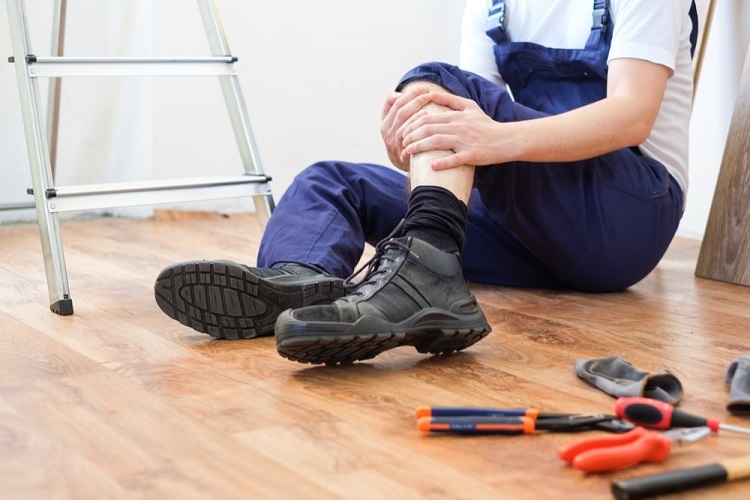When it comes to moving, workout machines can present a particular challenge. They are often heavy, bulky, and complex, with many parts that can be difficult to reassemble if not properly handled. However, with the right approach and preparation, disassembling and moving your workout equipment can be a smooth process. Here we offer expert tips to ensure your machines are moved safely, efficiently, and ready for use in their new location.
Table of Contents
Understanding Your Equipment
Before you start the disassembly process, it’s crucial to understand the type of equipment you have. Treadmills, ellipticals, stationary bikes, and weight machines all have different structures and mechanisms. Consult the user manual for each piece of equipment. These manuals typically include disassembly instructions. If you’ve lost the manual, many manufacturers offer digital versions on their websites.
Preparing for Disassembly
- Gather the Right Tools: Most fitness equipment requires specific tools for disassembly, such as Allen wrenches, screwdrivers, and socket sets. Ensure you have these tools on hand before starting.
- Organize and Label Parts: As you disassemble your machine, keep small parts like screws, bolts, and washers organized. Use plastic bags to store these items and label them according to the part of the machine they belong to. This will make reassembly much easier.
- Take Photos or Videos: Before and during disassembly, take detailed photos or videos of the equipment. This visual documentation can serve as a guide when you’re putting the machine back together.
Disassembling Your Workout Machines
- Safety First: Unplug any electronic equipment before starting. If your machine has any electrical components, handle these carefully to avoid damage.
- Start from the Top: Begin disassembling your equipment from the top down. This approach helps maintain the stability of the machine as you work.
- Refer to the Manual: Follow the disassembly instructions in the user manual closely. If the manual suggests two people for certain steps, don’t attempt to do it alone.
- Keep Structural Integrity in Mind: For some machines, it’s not necessary to completely disassemble every part. If certain sections can be moved as one piece without risking damage or injury, leave them intact.
Moving Your Equipment
- Use the Right Equipment: A furniture dolly, moving blankets, and straps are essential for safely moving heavy equipment. The dolly provides mobility, while blankets and straps protect and secure the machine during the move.
- Protect Your Floors: Use furniture sliders under heavy items to prevent scratches and dents on your floors as you move them out.
- Hire Professionals When Necessary: If you’re unsure about moving a piece of equipment, consider hiring professional movers who have experience with workout machines. They have the tools and expertise to move heavy items safely. A useful resource for finding reputable movers is https://www.shiply.com/de/umzug/
Reassembly
- Choose the Right Spot: Before you start reassembling, decide where you want your equipment to go. It can be difficult to move once assembled.
- Follow Your Guides: Use the photos, videos, and manuals you referred to during disassembly as guides for reassembly.
- Don’t Rush: Take your time to ensure everything is assembled correctly. Rushing through this process can lead to mistakes or even injuries later on.
- Check for Safety: Once reassembled, inspect the equipment to ensure it’s safe to use. Check that all parts are secure and that the machine operates smoothly.
Maintenance Post-Move
After moving and reassembling your equipment, it’s a good time to perform any necessary maintenance. Lubricate moving parts, tighten screws and bolts, and replace any worn or damaged parts. This ensures your equipment is in top condition and safe to use.
Conclusion
Moving workout machines can seem daunting, but with proper preparation, organization, and care, you can ensure your equipment remains in good condition throughout the process. Whether you’re handling the move yourself or enlisting professional help, the key is to approach the task methodically and safely. By following these expert tips, you’ll be set up and ready to continue your fitness regimen in your new space in no time.














Comments